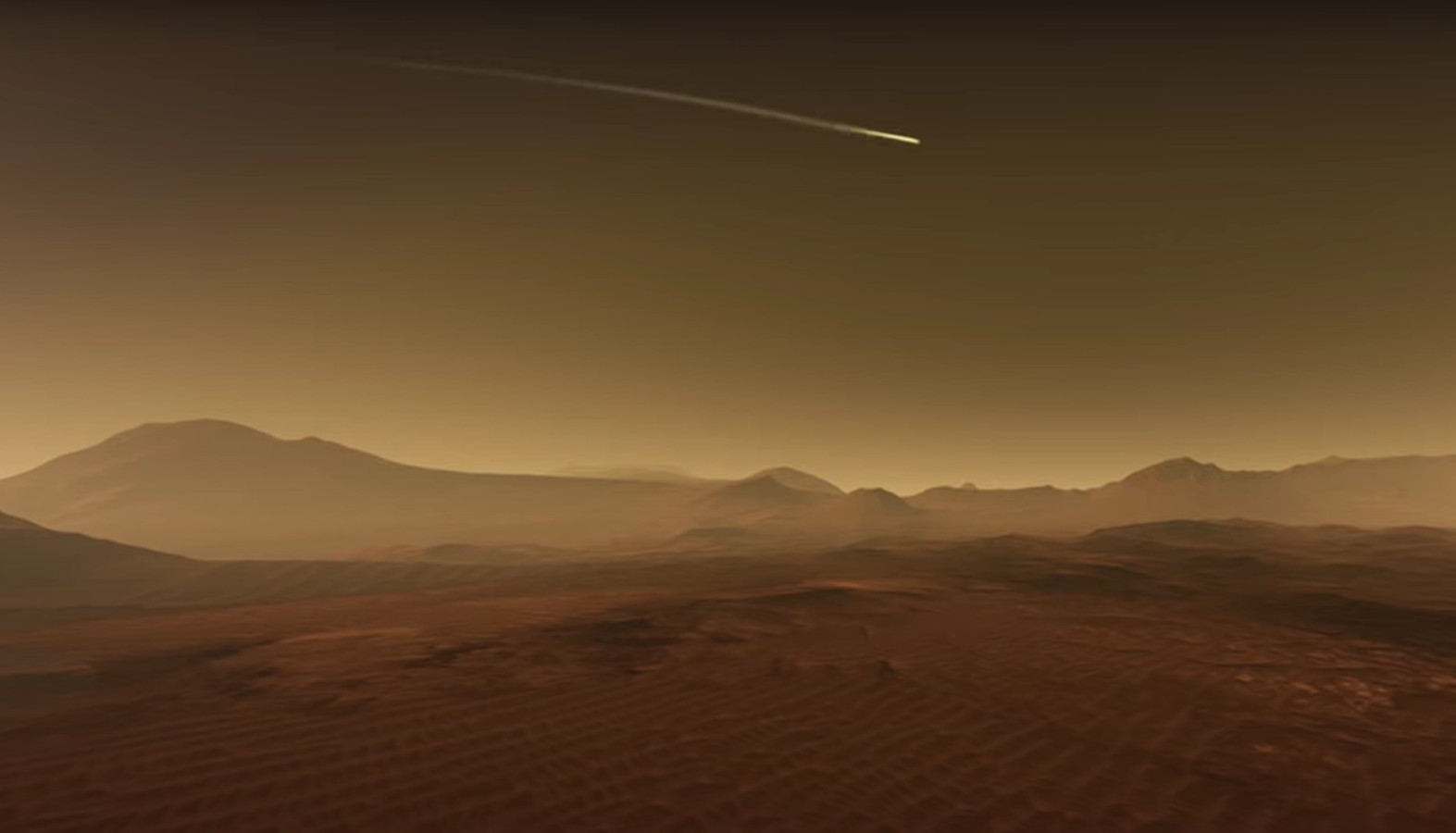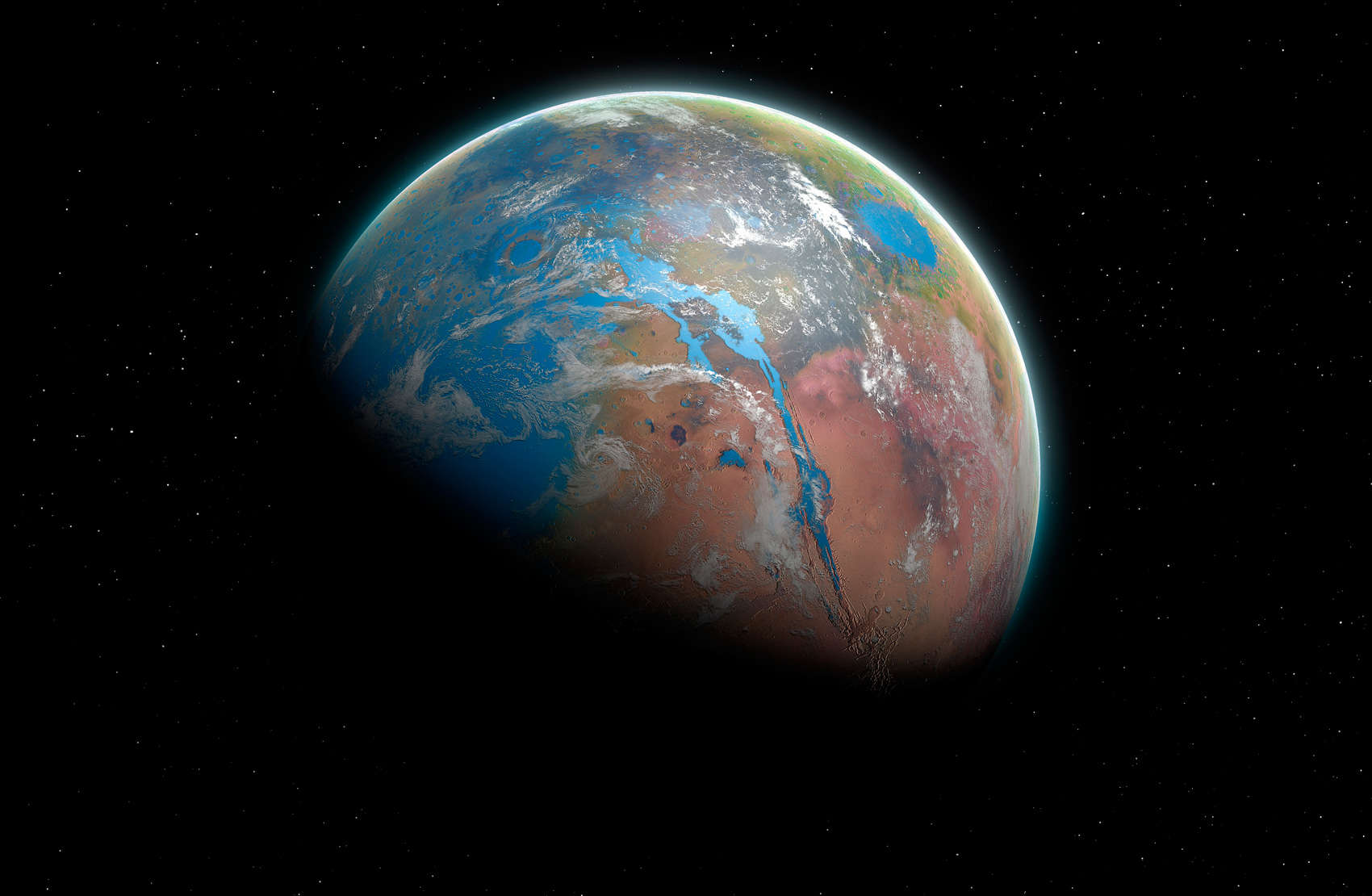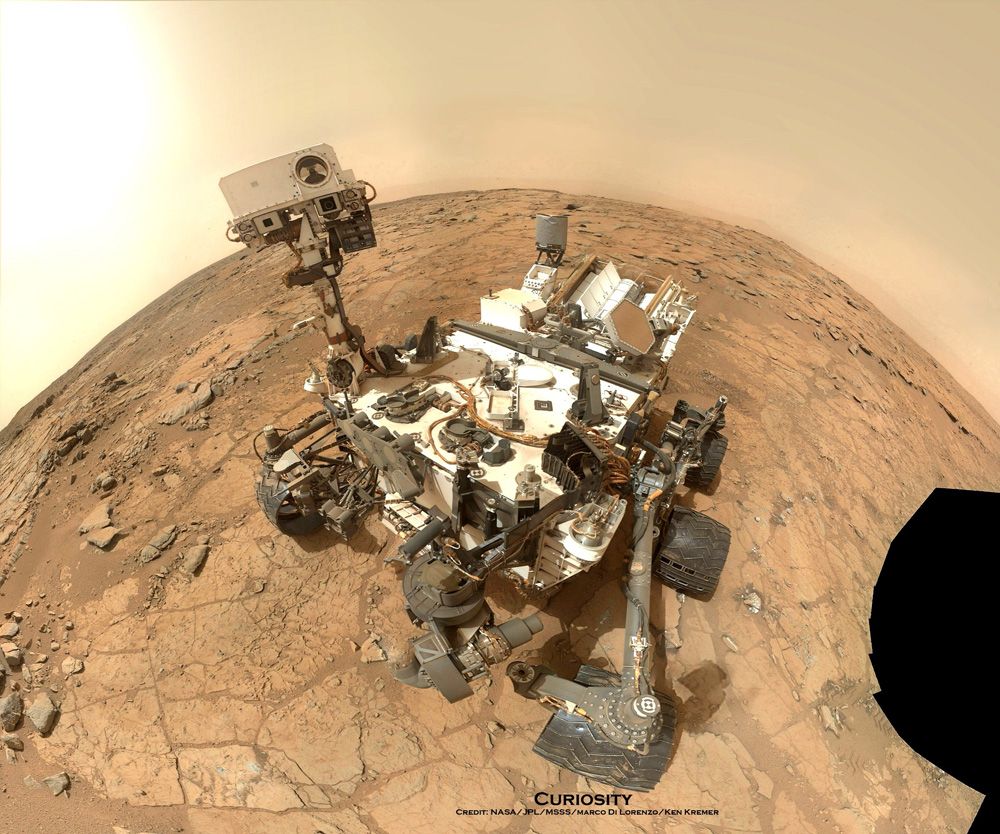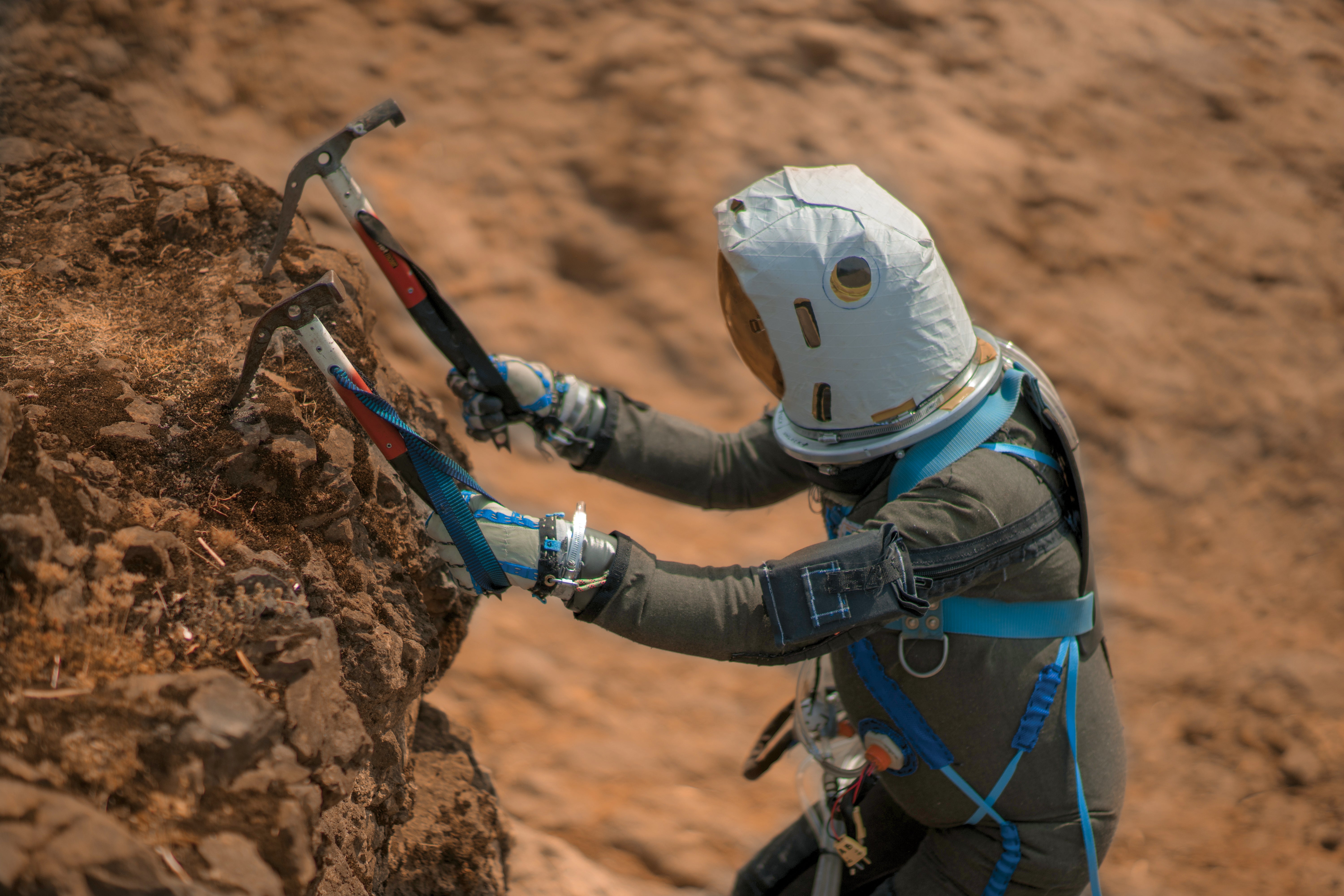Perseverance landing
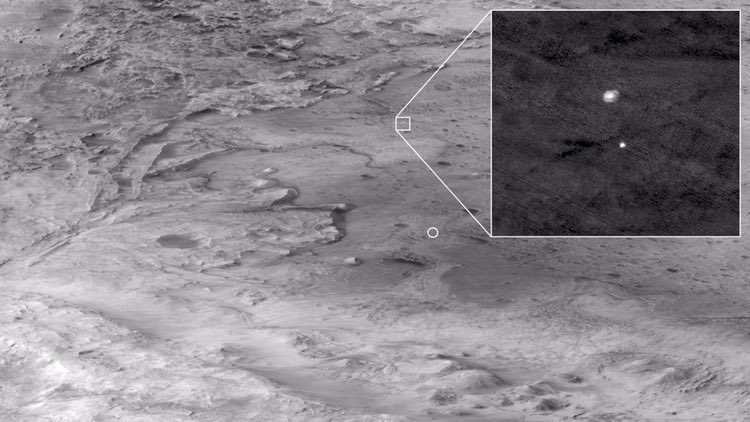
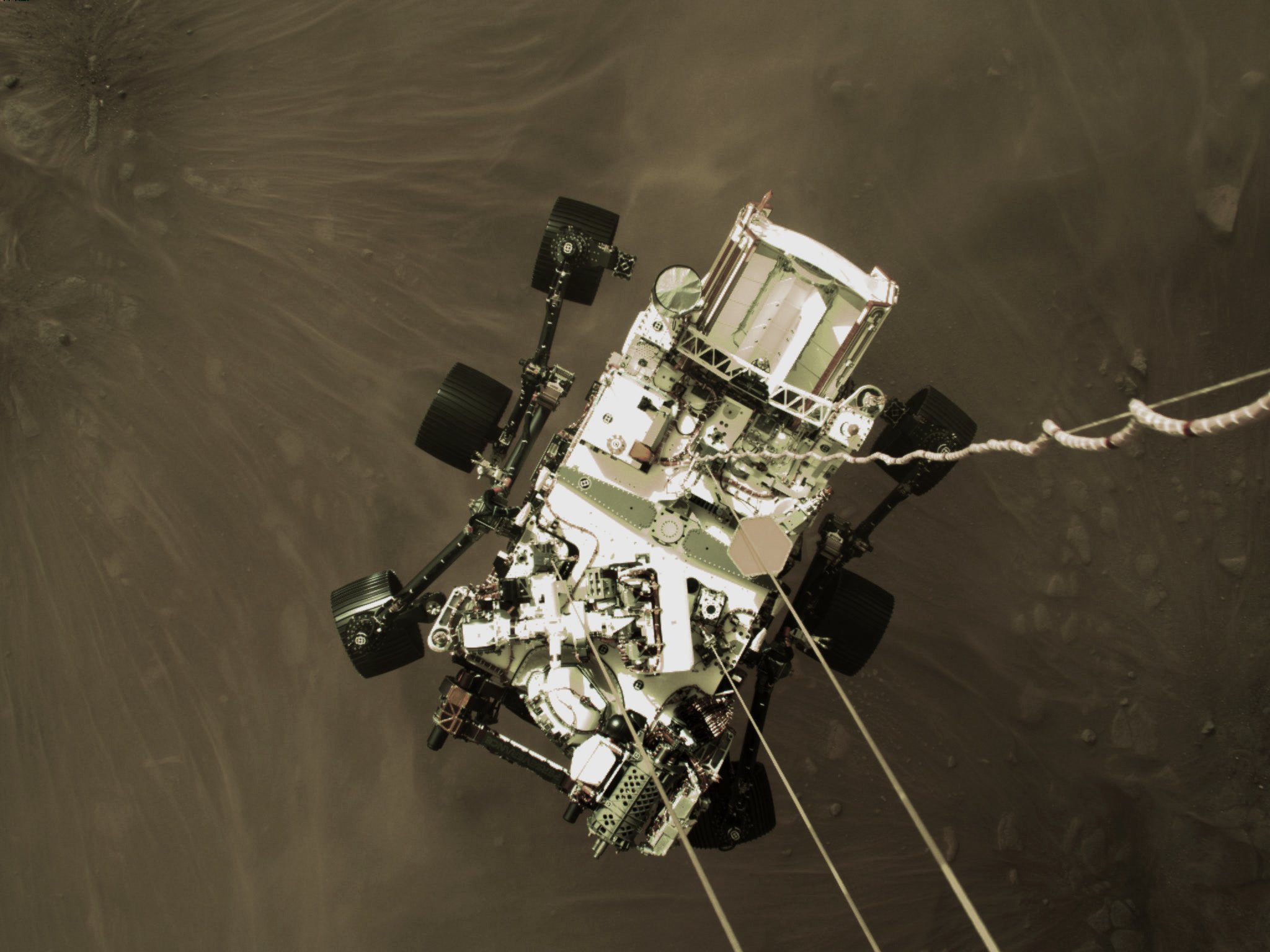
Perseverance on Mars
I took a few minutes last night to stand out in the cold and look up at Mars. That bright orange dot, right there next to the Moon: we built a robot, and we threw it at that dot, and that robot used its own wits to find the perfect landing spot, and now it sits there, ready to look for past life. On that bright orange dot, right there next to the Moon.
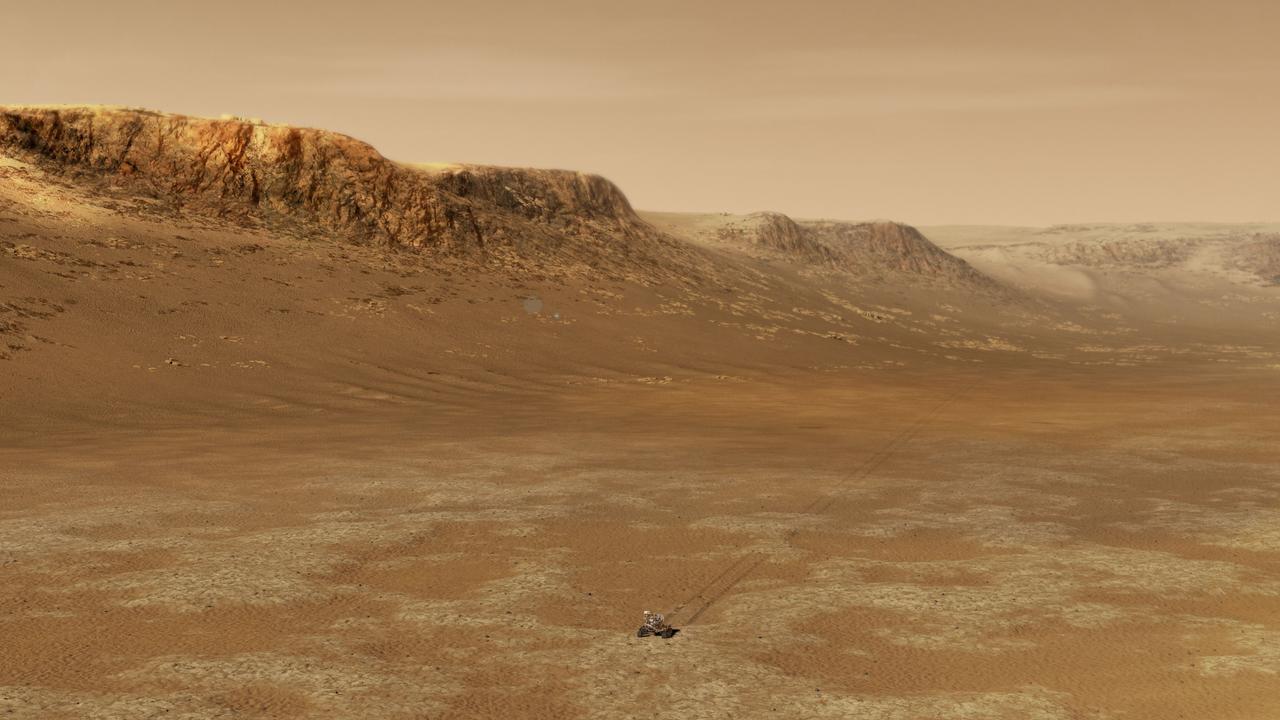
image: NASA/JPL-Caltech
Perseverance landing animation
Lots going on this month!
I’ve been working on the next book, and so haven’t mentioned all the cool stuff going on with Mars this month. Over the past week, two spacecraft successfully inserted themselves into orbit around the planet.
The Hope orbiter, from the United Arab Emirates, will be studying weather patterns.
The Tianwen-1 mission, from China, is composed of an orbiter, deployable camera, lander, and rover. The overall mission objective is to search for evidence of life and to assess the environment. The lander and its rover will attempt to land in May of this year.
And next week, on the afternoon of February 18, Perseverance will land in Jezero Crater. Perseverance will be looking for evidence of past and present life, testing oxygen production technology for future human missions, collecting rock and regolith samples for eventual return to Earth, and flying the first helicopter on Mars.
For more information on Perseverance, check out this in-depth article from The Smithsonian.
Iceland?
Recent study suggests early Mars may have been very much like Iceland.
Areography
Atlas Pro has created a really cool video on areography–the “geography” of Mars. It’s a brief but thorough survey of the surface of Mars and well worth a watch.
I really want a print of the map presented at 3:00.
Lightning
A new study suggests lightning may be weak or nonexistent in Martian dust storms. Researchers vibrated basalt grains at various atmospheric pressures to test their ability to build up charge.
Lightning in a dust storm plays a role in my forthcoming book, Air: Generation Mars, Book One. Hard science fiction is a moving target. Still, the fictional strike in question is weak and only damaging to electrical equipment, so I think it’s plausible.
Lava tubes
“This would be the first time any of the children saw the surface. The colonists had built underground, using existing caves and lava tubes where possible, building and burying structures where necessary. This was to protect themselves from solar and cosmic radiation. On Earth, the atmosphere and magnetic field serve this purpose. But Mars has little of either, so dirt and rock filled the role.”
– from Scratching the Surface: Generation Mars, Prelude
A new paper explores lava tubes in the Hellas Planitia as possible habitats for humans.



